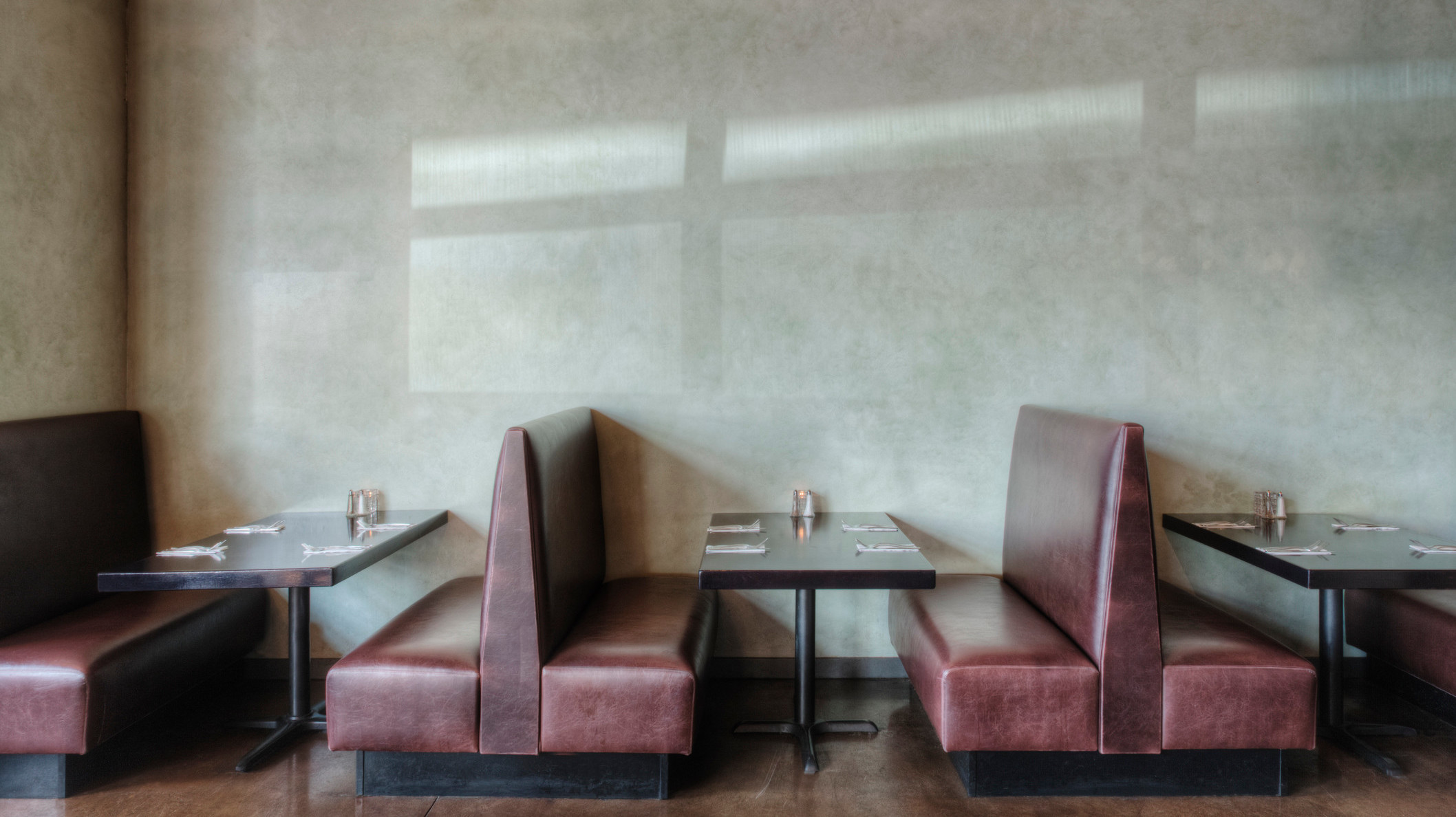The Restaurant Of The Future, Post-COVID Version
The phrase "restaurant of the future" has been thrown around a lot. It usually referred to some exciting new mechanism for ordering or receiving food, like placing orders through telephones on the table, or putting coins in a slot and getting your meal through a little door, or maybe sitting at a table on a large platform that revolved slowly throughout the evening. It also referred to drive-thrus and fast casual and other, more prosaic innovations that have actually become standard parts of eating out. The phrase "restaurant of the future" is usually a hopeful one, implying exciting times ahead.
The coronavirus has ruined that, too. Now when chefs and investors talk about "the restaurant of the future," they mean a place where people can eat out without risk of infection. They don't sound hopeful or excited. They mostly sound resigned.
Josh Noel of the Chicago Tribune talked to several chefs, restaurant owners, and architects about their visions for the future. No one is optimistic about the future of outdoor dining pods. Instead they envision bigger patios and more outdoor seating for warm weather. Inside, they think there will probably be a trend toward bigger tables and more private booths (goodbye communal table, no one really liked you anyway). Table layouts will also be more flexible with more movable furniture to accommodate changes in the number of diners. Menus will be abandoned in favor of scannable QR codes. Takeout will become more common, even at high-end restaurants, with more sidewalk windows and drive-thrus. Some, namely R.J. Melman of the Lettuce Entertain You empire, are already investing in improved ventilation systems.
All this will, of course, cost money, especially since restaurants won't be able to pack customers into dining rooms as tightly as they did pre-pandemic. Entire business models will have to be overhauled. Reservations may become standard procedure for diners, and restaurants may employ dynamic pricing throughout the week and raise menu prices overall to compensate for the drop in customers. Not all of them will make it.
"When we sift through the wreckage and see how many places did close or pivot, it'll be a very different landscape," Charlie Vinz, a principal at the architecture and design firm Adaptive Operations, told Noel. "Almost more than any other industry—except maybe for the live arts and music venues—bars and restaurants will have the hardest and longest fallout."
